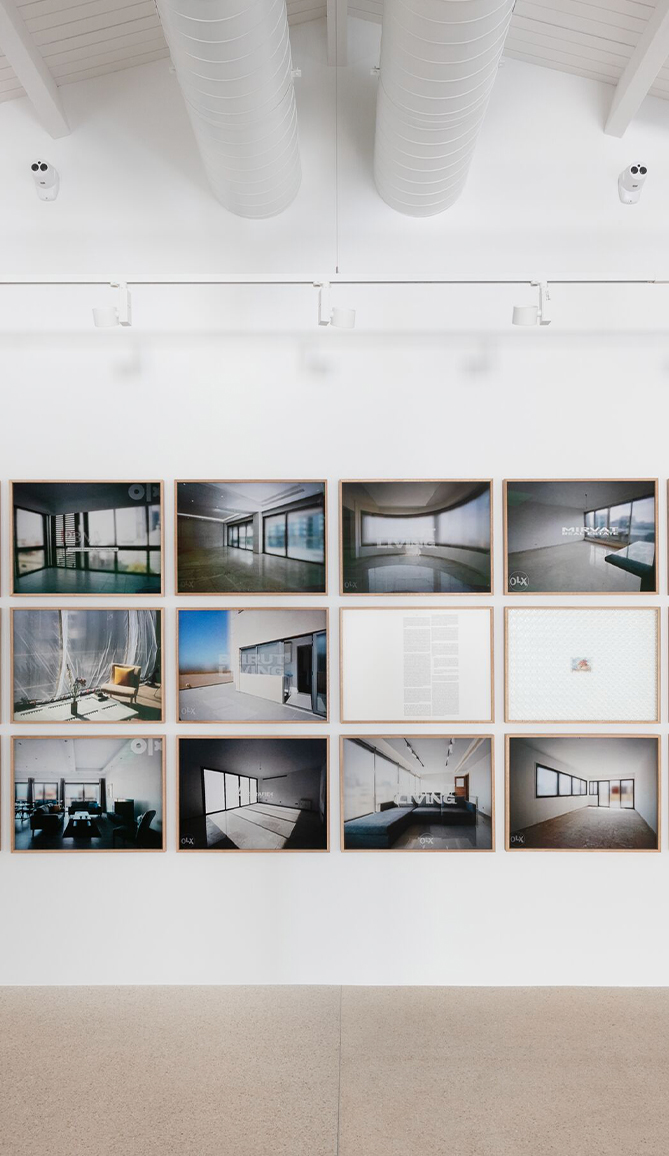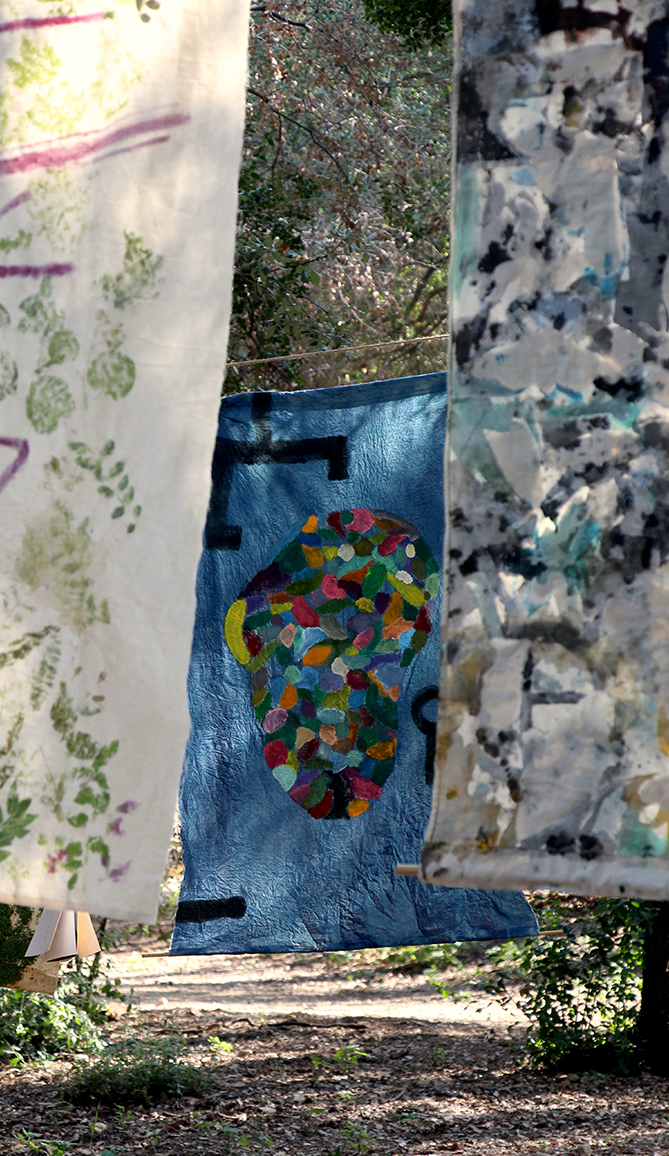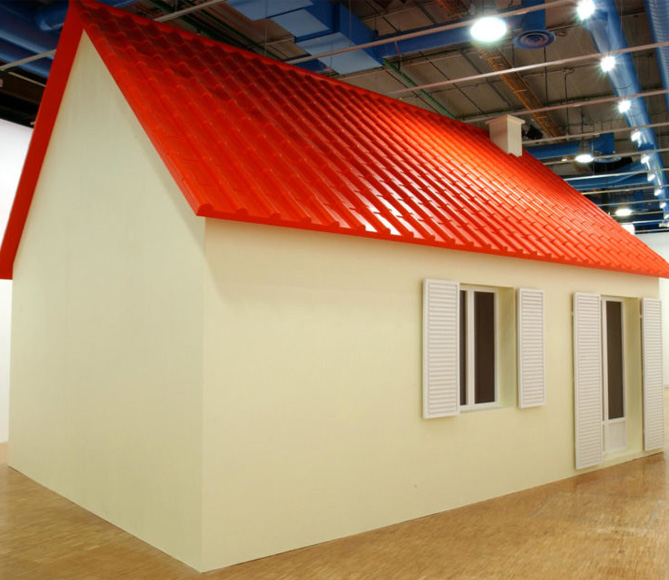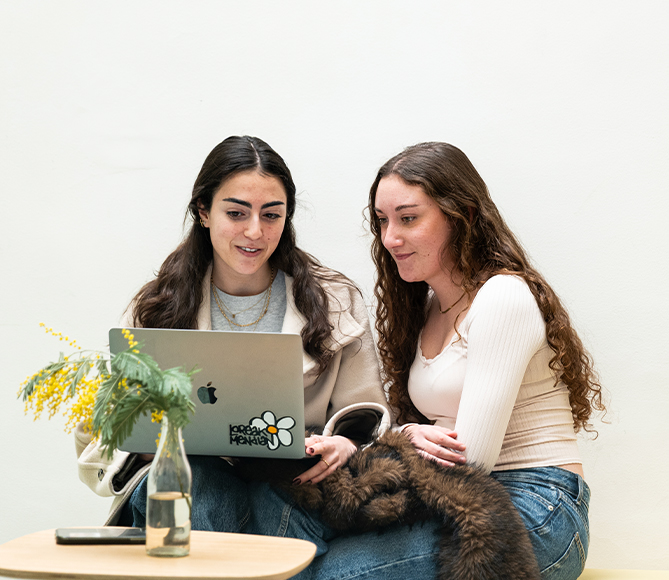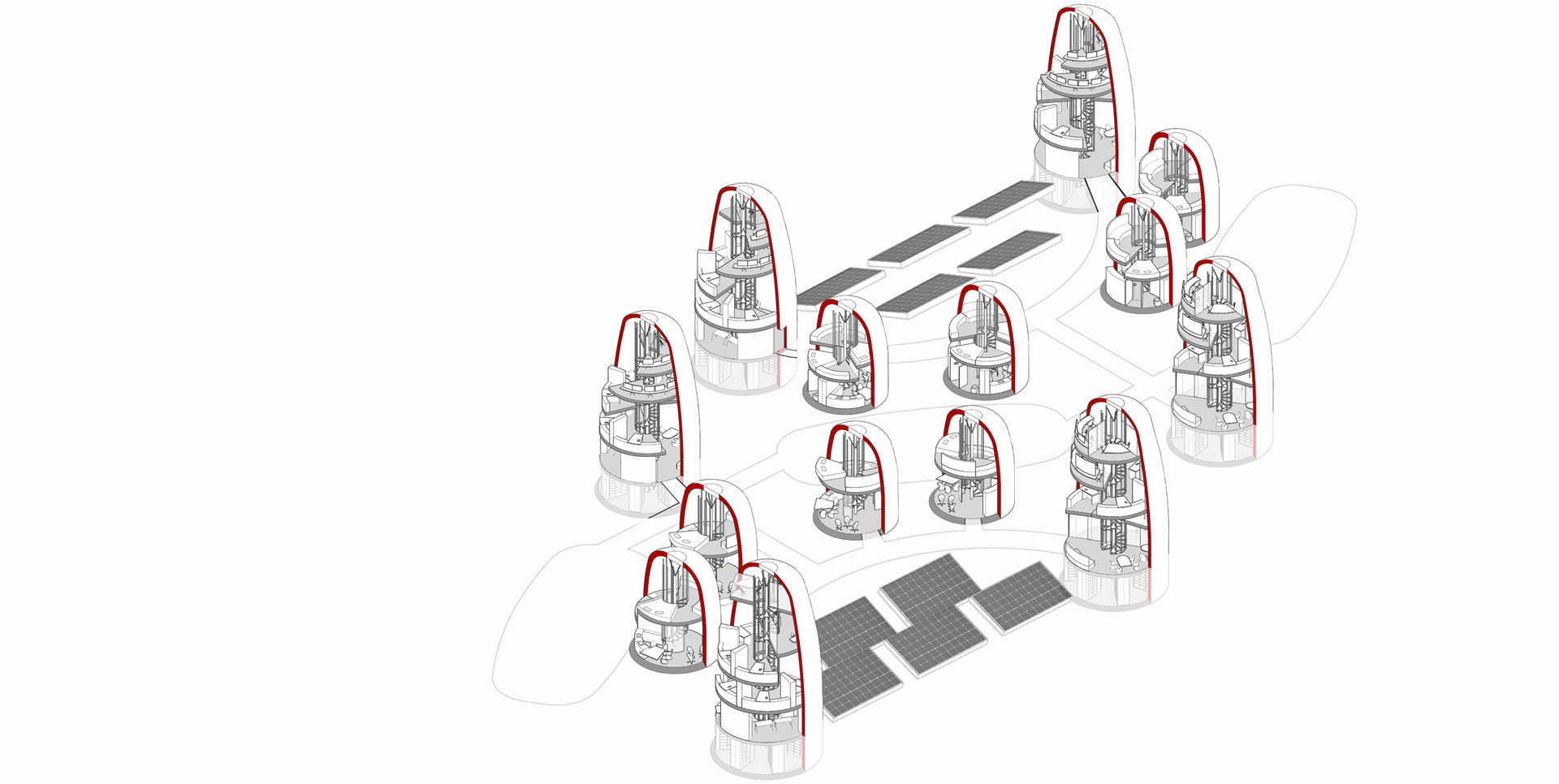The concerns generated by the exploration of space are inherent to human beings because of their desire to seek answers, and it has always awakened something in me.
Imagining the immensity of what surrounds us and knowing that almost all of what we observe is beyond our reach fascinates me, and leads me to reflect on what lies beyond, on the possibility of finding new planets to inhabit and, above all, the desire to believe that in the far reaches of the Universe there are other civilisations and, in short, that we are not alone. This innate imagination has led me to follow with special interest all the missions that have been sent to space, to the Solar System, but more specifically to the neighboring planet, Mars. From Opportunity in 2004, Curiosity in 2012, to the recent Mars 2020 with the Perseverance robot in 2021.
My vocation for design, together with my passion for astronomy, led me to have a clear idea of what the theme of my final degree project should be. Most of the speculative projects that have been carried out on the future of humans on Mars have large-scale designs; my aim is to reduce the scale of intervention, therefore, with a smaller footprint on the planet, and to create a comfortable space at a domestic level for future inhabitants.
Faced with the challenge of designing a habitable space so many millions of kilometers away, the first objective is to thoroughly investigate existing projects for human settlement on Mars. At the same time, all the conditions on Mars must also be analysed in comparison with those found on our planet, such as atmospheric pressure, water, and gravity.
Once this research work has been carried out, a series of conclusions will be drawn by way of comparative analysis. The different graphic resources will allow the selected projects to be compared with respect to a series of parameters that will later be used to determine more objectively which designs are feasible and effective.
This comparative summary will be used to justify the selection of some of the characteristics of the projects studied for the design of a new interior. Before proceeding to the rethinking and zoning of this space, it was thought important to deal with the aggregation of pieces to form larger ensembles, small-scale urbanism, and how the interaction between the different elements that will make up the colony will be.
This work cannot be understood without all these previous parts, in the same way, that it would be unfinished without formalising a proposal. The first project from which a character is chosen to adapt it to the work is MARSHA, by AI Space Factory, and the concept of the capsule and the construction technique that uses the aggregate found on the surface of Mars, by means of construction with a 3D printer, will be used to reconstruct its interior space.
It will also take the concept of semi-burialisation of the Api's Cors Habitat project by SEArch+, and finally the apparently utopian dome that projects the design of Mars Science City by Bjarke Ingels Group, creating exterior spaces in interior spaces. With the decision to take these characteristics, with a previous reflection and analysis, the design objective of the capsule is obtained.
It was thought necessary to design two types of capsules to provide the inhabitants with intimacy with the aim of contributing to their wellbeing. The great challenge will be to find the domesticity in such a remote and somewhat unknown place for the human species, although it is true that humans adapt to their environment and the circumstances that surround them. In any case, the Mars paradigm may change the concept of domesticity that we have on Earth; it will most likely not be the same.
The collective imaginary leads us to think of science fiction when dealing with issues related to the red planet, much has been written about it, this project tries to escape from that imaginary and tries go beyond it.
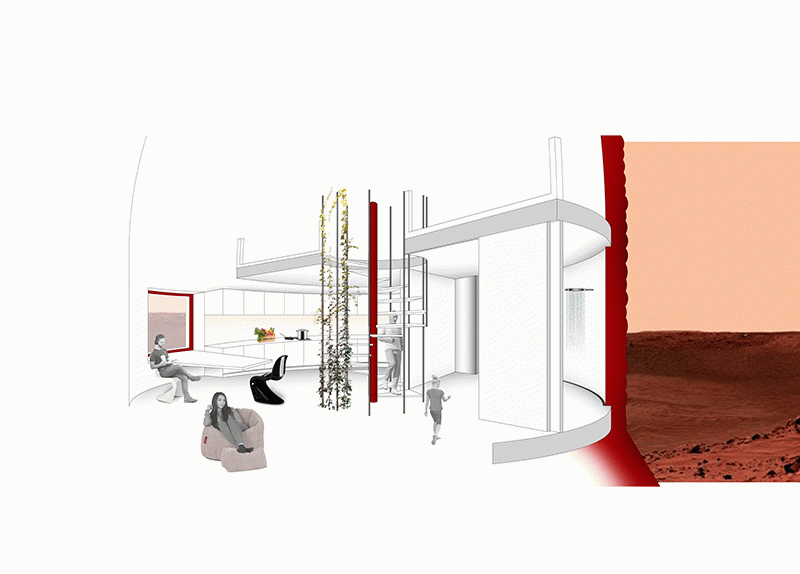 Habitar quelcom desconegut, cerca de domesticitat més enllà de la Terra
Habitar quelcom desconegut, cerca de domesticitat més enllà de la Terra
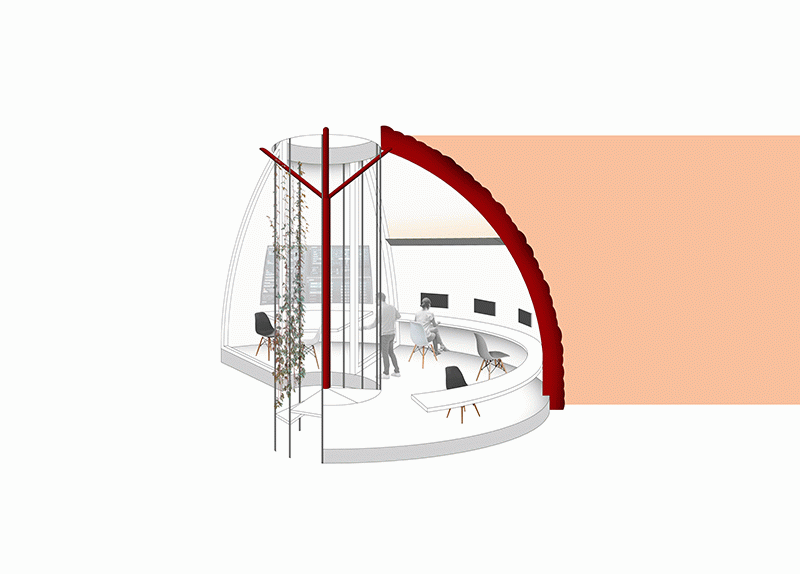 Habitar quelcom desconegut, cerca de domesticitat més enllà de la Terra
Habitar quelcom desconegut, cerca de domesticitat més enllà de la Terra
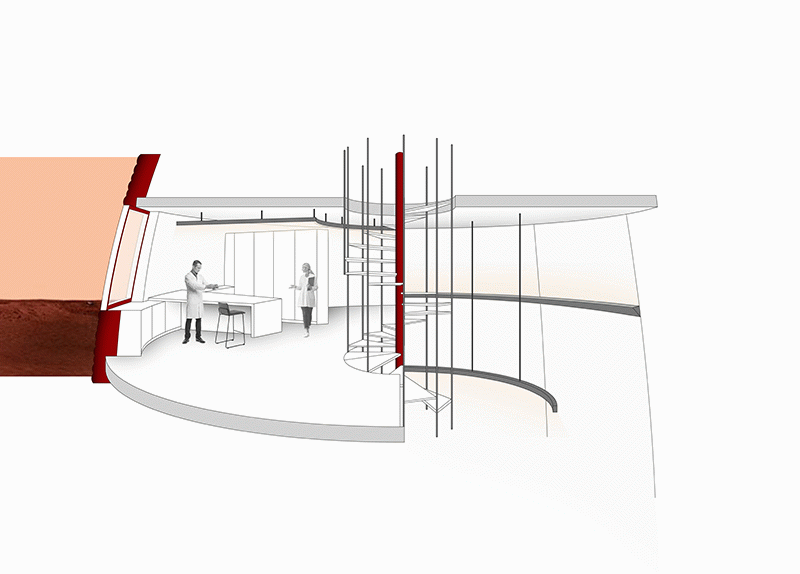 Habitar quelcom desconegut, cerca de domesticitat més enllà de la Terra
Habitar quelcom desconegut, cerca de domesticitat més enllà de la Terra
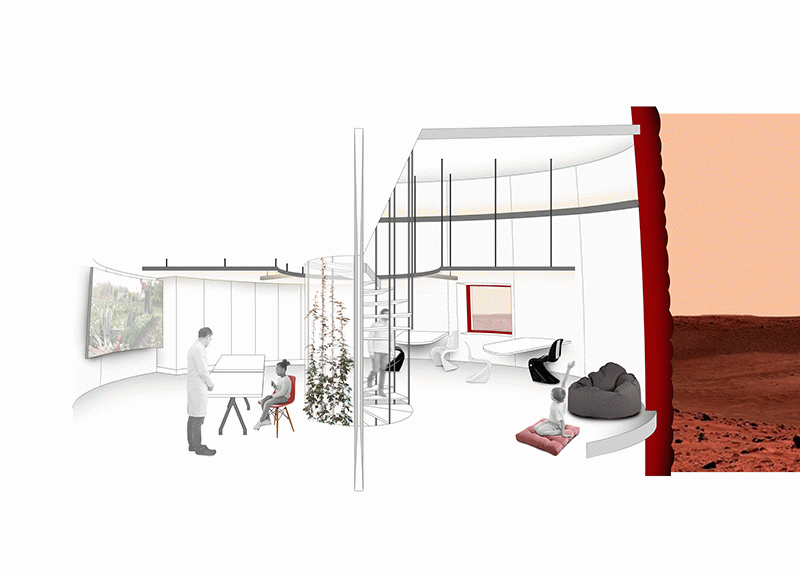 Habitar quelcom desconegut, cerca de domesticitat més enllà de la Terra
Habitar quelcom desconegut, cerca de domesticitat més enllà de la Terra
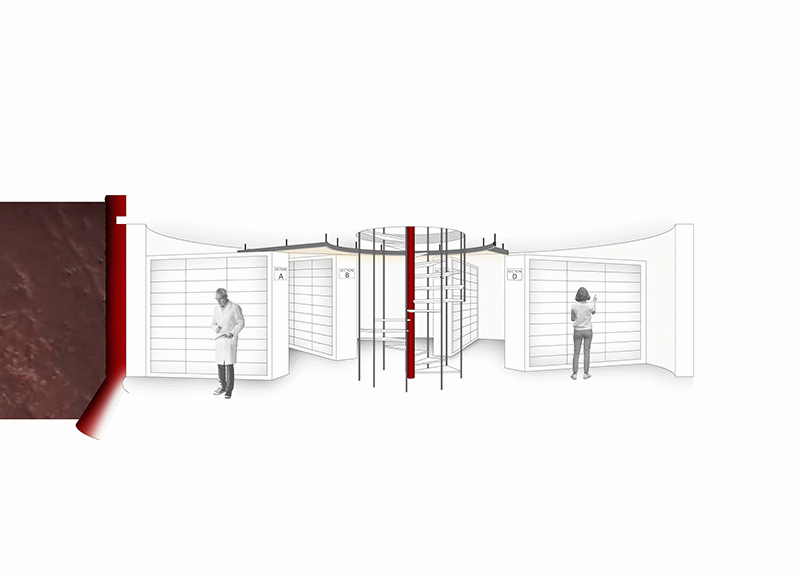 Habitar quelcom desconegut, cerca de domesticitat més enllà de la Terra
Habitar quelcom desconegut, cerca de domesticitat més enllà de la Terra
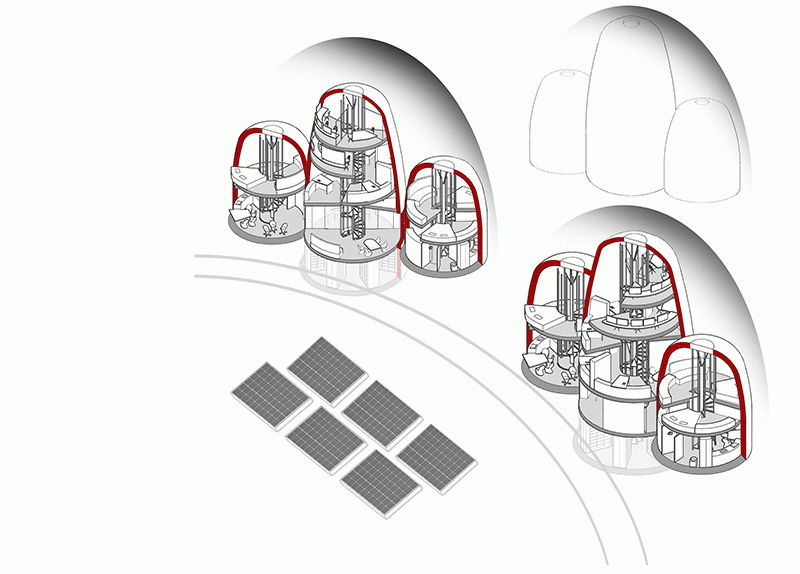 Habitar quelcom desconegut, cerca de domesticitat més enllà de la Terra
Habitar quelcom desconegut, cerca de domesticitat més enllà de la Terra
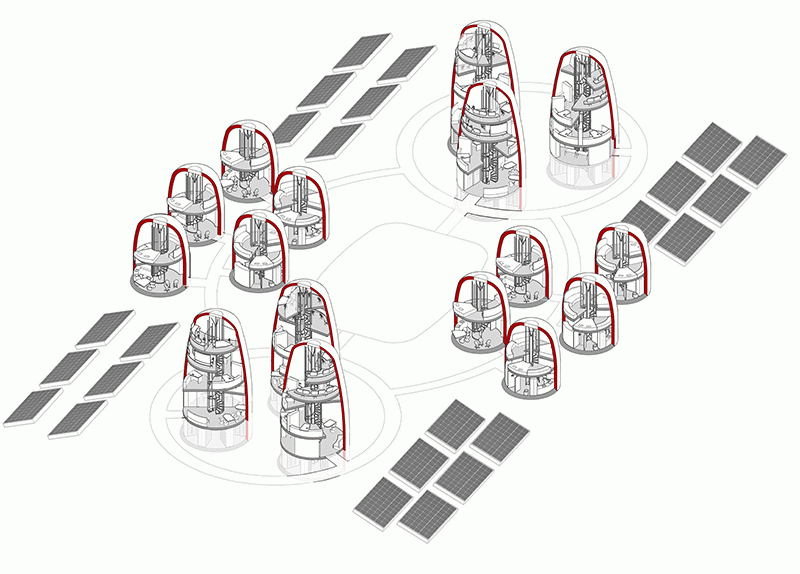 Habitar quelcom desconegut, cerca de domesticitat més enllà de la Terra
Habitar quelcom desconegut, cerca de domesticitat més enllà de la Terra
 Habitar quelcom desconegut, cerca de domesticitat més enllà de la Terra
Habitar quelcom desconegut, cerca de domesticitat més enllà de la Terra
 Habitar quelcom desconegut, cerca de domesticitat més enllà de la Terra
Habitar quelcom desconegut, cerca de domesticitat més enllà de la Terra
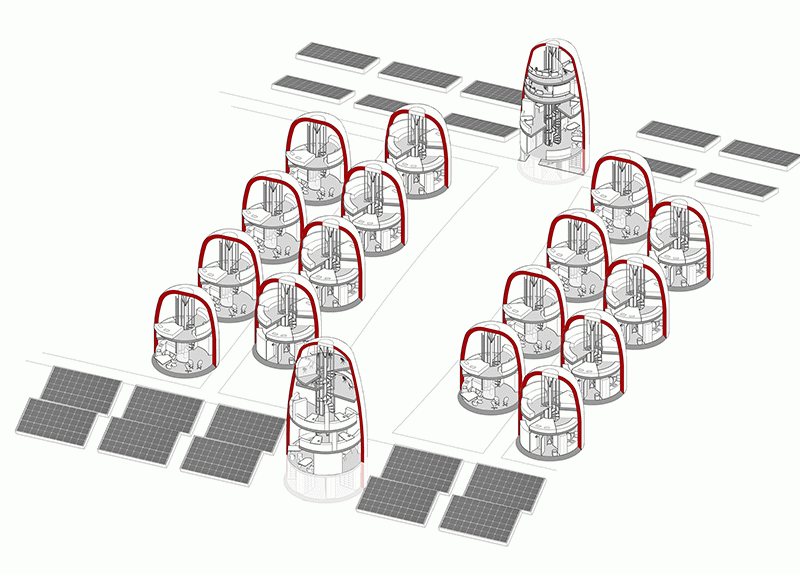 Habitar quelcom desconegut, cerca de domesticitat més enllà de la Terra
Habitar quelcom desconegut, cerca de domesticitat més enllà de la Terra
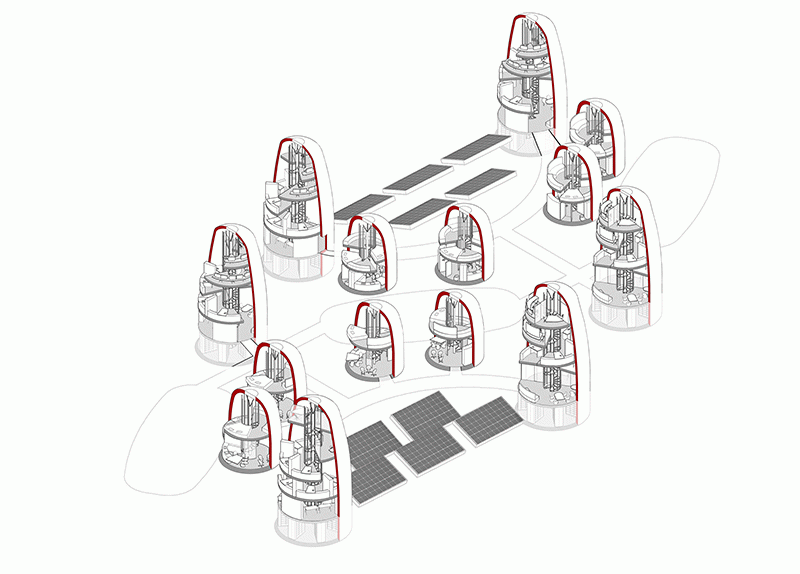 Habitar quelcom desconegut, cerca de domesticitat més enllà de la Terra
Habitar quelcom desconegut, cerca de domesticitat més enllà de la Terra
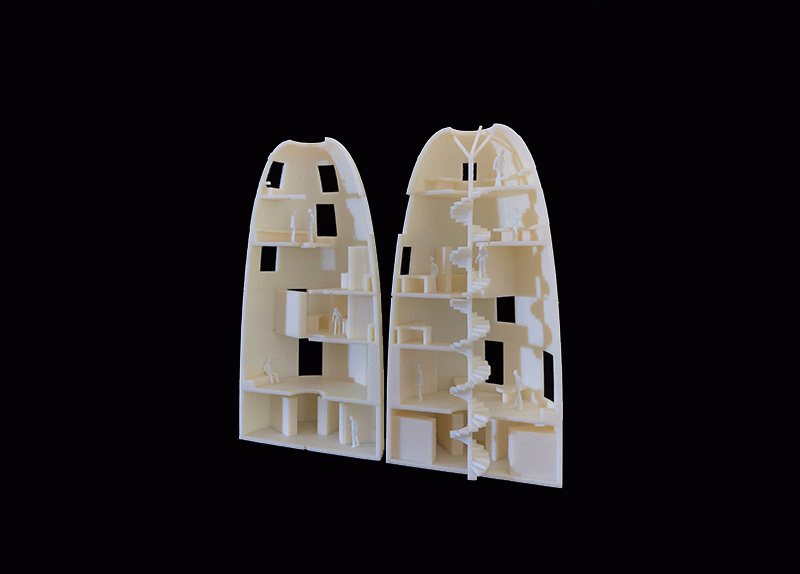 Habitar quelcom desconegut, cerca de domesticitat més enllà de la Terra
Habitar quelcom desconegut, cerca de domesticitat més enllà de la Terra
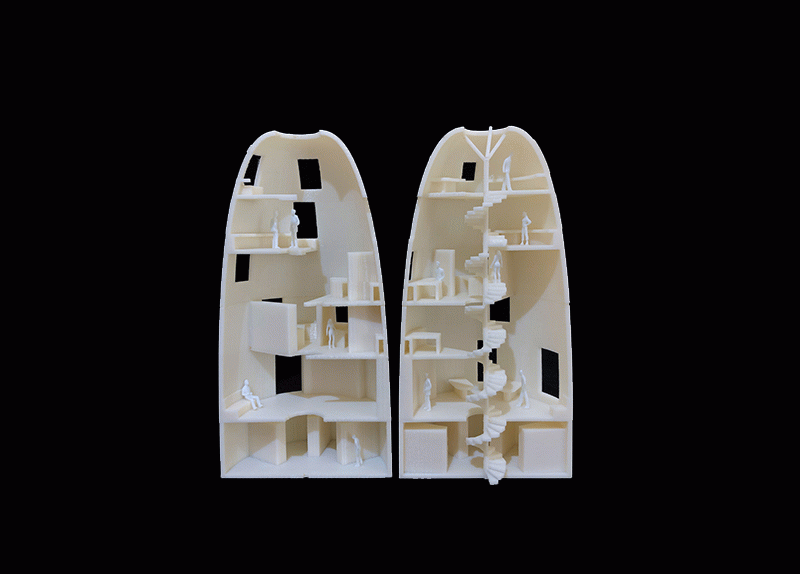 Habitar quelcom desconegut, cerca de domesticitat més enllà de la Terra
Habitar quelcom desconegut, cerca de domesticitat més enllà de la Terra

